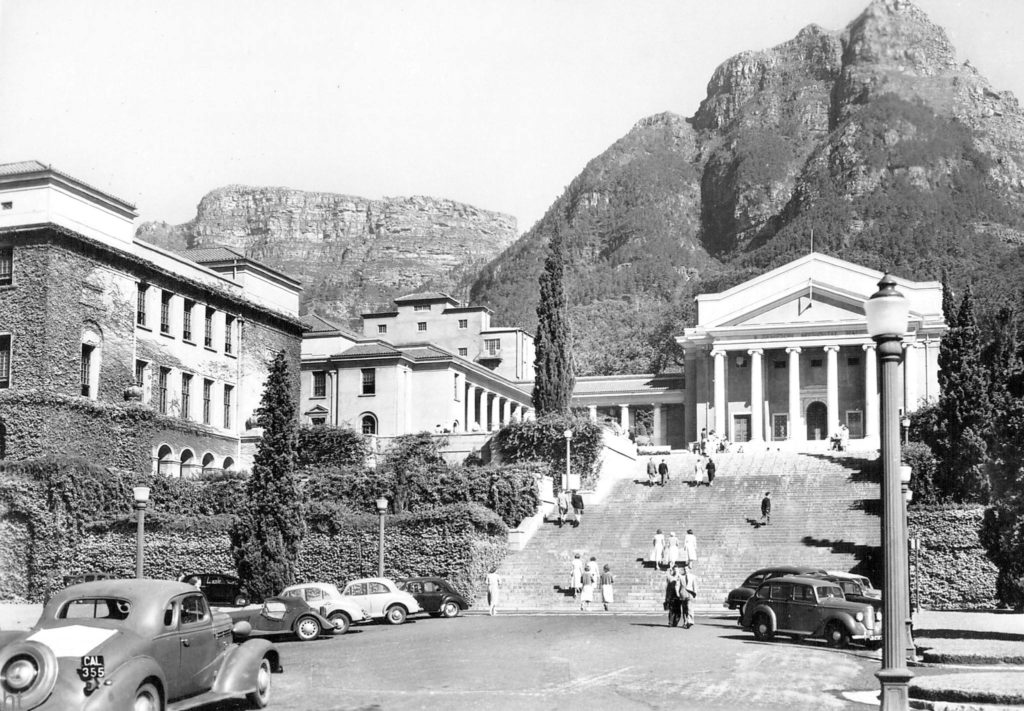Over the years the University of Cape Town, affectionally known as UCT, has earned itself an international name for its excellence in education as well as its beautiful campus. Many know of this stellar educational institute but often are unaware of its history dating back to the Mother City’s earliest years.
UCT is in fact the oldest university in the country, starting in 1829 when it was first founded as the South African College.
Many don’t know that UCT was originally a boys-only school and it wasn’t until 1887 that women were allowed to study on the grounds.

UCT was officially established as a university in 1918. The middle campus is also home to a national monument known as the Summer House.
This focal point located in a grassy patch below the mountains is part of the original layout for the school designed by Joseph M Solomons in 1918.
It was officially named a national monument in 1960 although it was built roughly 200 years before this.
The idea behind the structure was to offer a viewing point for the expansive Cape skyline and a shady spot to enjoy lunch during the day.
It originally had a rose garden planted in front of it, but in 1972 it was replaced by the laws and pathways we know today. To this day it is one of the oldest buildings on campus.

In 1928, the university took up its Groote Schuur campus on Rhodes’ Estate residence on the slopes of Devil’s Peak, with other campuses being based in Observatory, Gardens and the Waterfront.
The first ever honorary degree was awarded by UCT in 1920. As the decades have rolled by, the university has presented honorary master’s and doctoral degrees to hundreds of recipients, including national heroes such as Nelson Mandela and Archbishop Emeritus Desmond Tutu.
UCT also earned itself the nickname “Moscow in the Hill” during the apartheid era for its sustained opposition to apartheid, particularly in the higher education department. The university first admitted a small group of black students in the 1920s and between the 1980s and 1990s. The number of black students rose steadily to meet todays thousands of students.

Jameson Hall is possibly one of UCT’s most well-known icons, named after Sir Leander Starr Jameson, a former prime minister of the Cape Colony who initiated an unlawful raid that brought war to South Africa. Originating in the 1800s, the hall was renamed after Khoi heroine Sarah Baartman in a landmark decision in 2018. This among with other moves made in the same year signaled a new era of increased inclusion at the famed university.
In the 1980s and 1990s, the university experienced a deliberate transformation of the student body, and the introduction of the Academic Development Programme (ADP), established to help students from disadvantaged educational and social backgrounds. This caused a transformation of students that attended the university with 90% being white in 1979 and 50% being black by 2007.
Much has changed at the university over the years, but it will always hold a special place in the hearts of Capetonians and even those who venture from distant countries to discovery the beauty of the Mother City and the exceptional university on the mountainside.
This article was made possible thanks to the images shared by the Cape Town Down Memory Lane Facebook group, if you like them, join the group here.
Pictures: Cape Town Down Memory Lane

